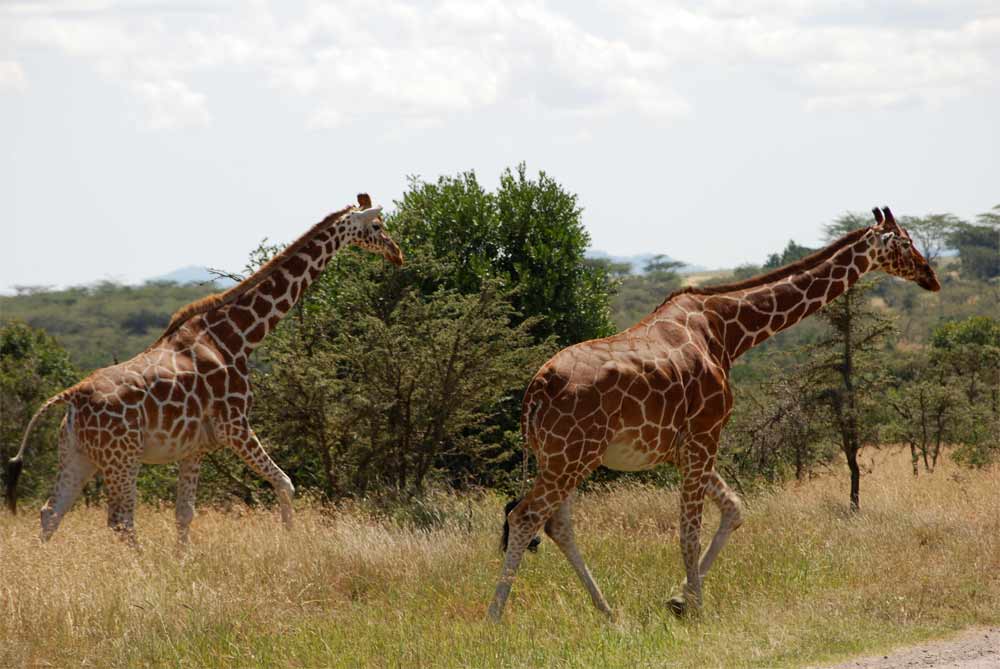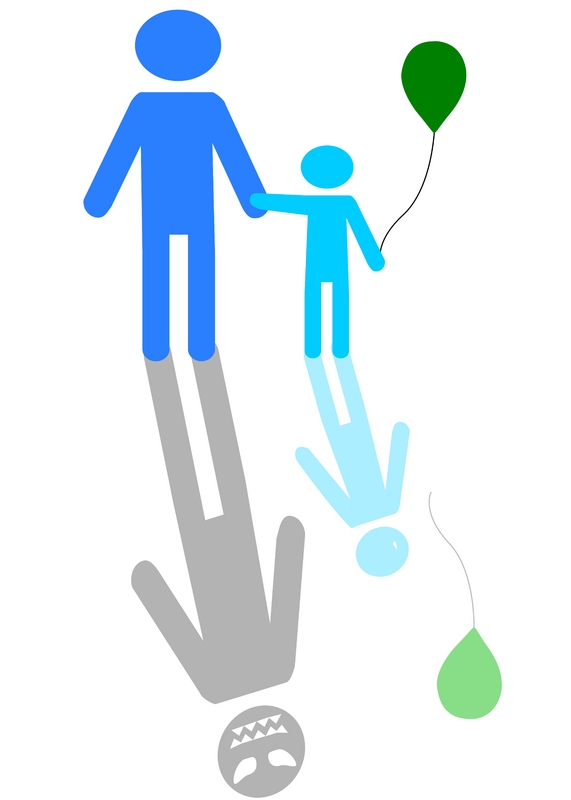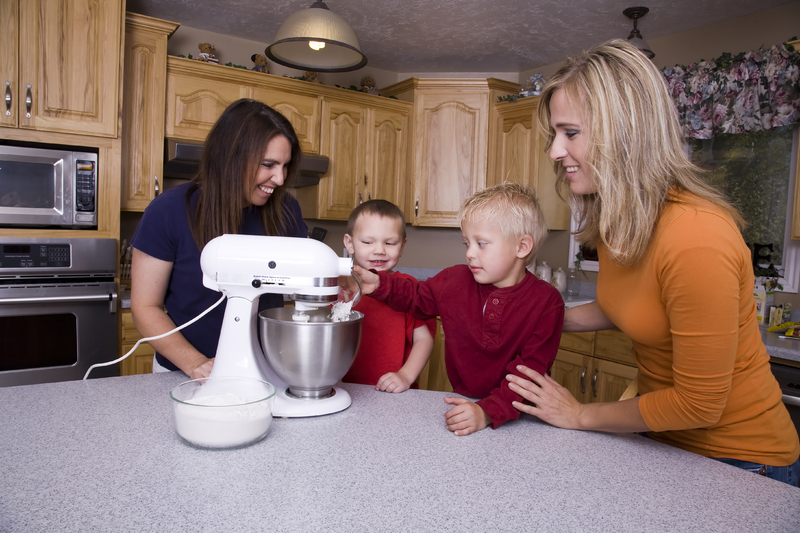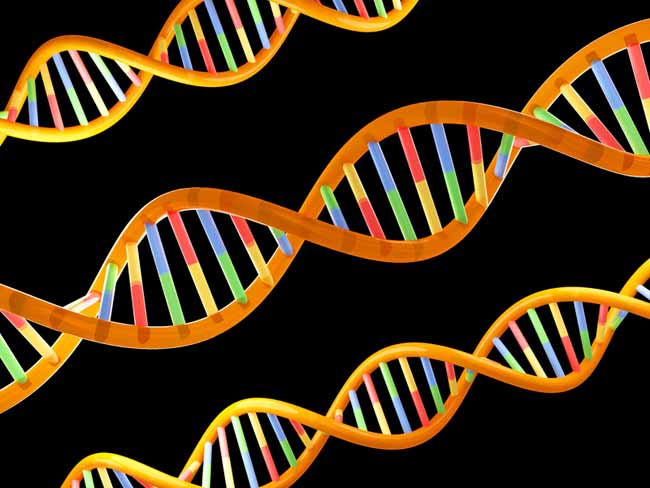5 Myths About Gay People Debunked
Gay myths

Gay people have been accused of being unfit parents, more likely to be pedophiles, unable to sustain lasting relationships, and worse. But research shows these and other myths just aren't based in fact.
Animals are all straight

Despite a popular perception that male-female pairings are the only "natural" way, the animal kingdom is actually full of examples of same-sex couples. Penguins, dolphins, bison, swans, giraffes and chimpanzees are just a few of the many species that sometimes pair up with same-sex partners.
Researchers are still mulling over the evolutionary reason, if any, for gay animal sex, since it doesn't produce offspring. Some ideas are that it helps strengthen social bonds or encourages some individuals to focus their resources on nurturing their nieces and nephews, thus boosting their own genes indirectly.
Or, it may simply be fun. "Not every sexual act has a reproductive function," said Janet Mann, a biologist at Georgetown University.
Gay relationships don't last

Another stereotype is that gay relationships aren't as real or long-lasting as heterosexual ones.
Research has found that to be untrue. Long-term studies of gay couples indicate that their relationships are just as stable as straight pairings.
"There is considerable evidence that both lesbians and gay men want to be in strong, committed relationships [and] are successful in creating these partnerships, despite difficulties created by social prejudice, stigma, and the lack of legal recognition for same-sex relationships in most parts of the U.S.," said UCLA psychologist Anne Peplau, co-author of a book chapter on the subject published in the 2007 Annual Review of Psychology.
Get the world’s most fascinating discoveries delivered straight to your inbox.
For example, John Gottman, a University of Washington emeritus professor of psychology, and his colleagues collected data from homosexual couples across 12 years, and found that about 20 percent had broken up over that time. That rate projected over a 40-year period is slightly lower than the divorce rate for first marriages among heterosexual couples over the same time span, according to the study published in 2003 in the Journal of Homosexuality.
"The overall implication of this research is that we have to shake off all of the stereotypes of homosexual relationships and have more respect for them as committed relationships," Gottman said.
In fact, the same study found that gay couples tend to be better at resolving conflicts and encouraging positive emotions.
Most pedophiles are gay

An especially pernicious myth is that most adults who sexually abuse children are gay. A number of researchers have looked at this question to determine if homosexuals are more likely to be pedophiles than heterosexuals, and the data indicate that's not the case.
For example, in a 1989 study led by Kurt Freund of the Clarke Institute of Psychiatry in Canada, scientists showed pictures of children to adult gay and straight males, and measured sexual arousal. Homosexual men reacted no more strongly to pictures of male children than heterosexual men reacted to pictures of female children.
A 1994 study, led by Carole Jenny of the University of Colorado Health Sciences Center, surveyed 269 cases of children who were sexually molested by adults. In 82 percent of cases, the alleged offender was a heterosexual partner of a close relative of the child, the researchers reported in the journal Pediatrics. In only two out of 269 cases, the offender was identified as being gay or lesbian.
"The empirical research does not show that gay or bisexual men are any more likely than heterosexual men to molest children," wrote Gregory M. Herek, a professor of psychology at the University of California at Davis, on his website. Herek, who was not involved in the 1989 or 1994 studies, compiled a review of research on the topic.
Gay parents aren't as good as a father and a mother

Many of those who oppose gay marriage and gay adoption charge that same-sex parents aren't good for kids, and that a child needs both a father and a mother to grow up to be a healthy adult. Research, however, shows that children of gay parents tend to fare just fine.
For example, one recent study looked at nearly 90 teens, half living with female same-sex couples and the others with heterosexual couples, showing that both groups fared similarly in school. Teen boys in same-sex households had grade point averages of about 2.9, compared with 2.65 for their counterparts in heterosexual homes. Teen girls showed similar results, with a 2.8 for same-sex households and 2.9 for girls in heterosexual families.
Another study found that kids with two moms or two dads were no more likely than their counterparts in "traditional" homes to engage in delinquent activities, such as damaging others' property, shoplifting and getting into fights.
"The bottom line is that the science shows that children raised by two same-gender parents do as well on average as children raised by two different-gender parents," said Timothy Biblarz, a sociologist at the University of Southern California. "This is obviously inconsistent with the widespread claim that children must be raised by a mother and a father to do well."
Both studies were described in a literature review paper published in February 2010 in the Journal of Marriage and Family.
Being gay is a choice

While some claim that being gay is a choice, or that homosexuality can be cured, evidence is mounting that same-sex attraction is at least partly genetic and biologically based.
To test whether genes play a role, researchers have compared identical twins (in which all genes are shared) to fraternal twins (in which about 50 percent of genes are shared). A 2001 review of such twin studies reported that almost all found identical twins were significantly more likely to share a sexual orientation – that is, to be either both gay, or both straight – than fraternal twins, who are less genetically close. Such findings indicate that genes do factor into a person's orientation.
Other studies have found that biological effects, such as hormone exposure in the womb, can also play a role in shaping sexual orientation. And findings of physiological differences, such as different inner ear shapes between homosexual and heterosexual women, contribute to this idea.
"The results support the theory that differences in the central nervous system exist between homosexual and heterosexual individuals and that the differences are possibly related to early factors in brain development," said Sandra Witelson of McMaster University in Ontario, an author on the 1998 inner ear finding published in the journal Proceedings of the National Academy of Sciences.



